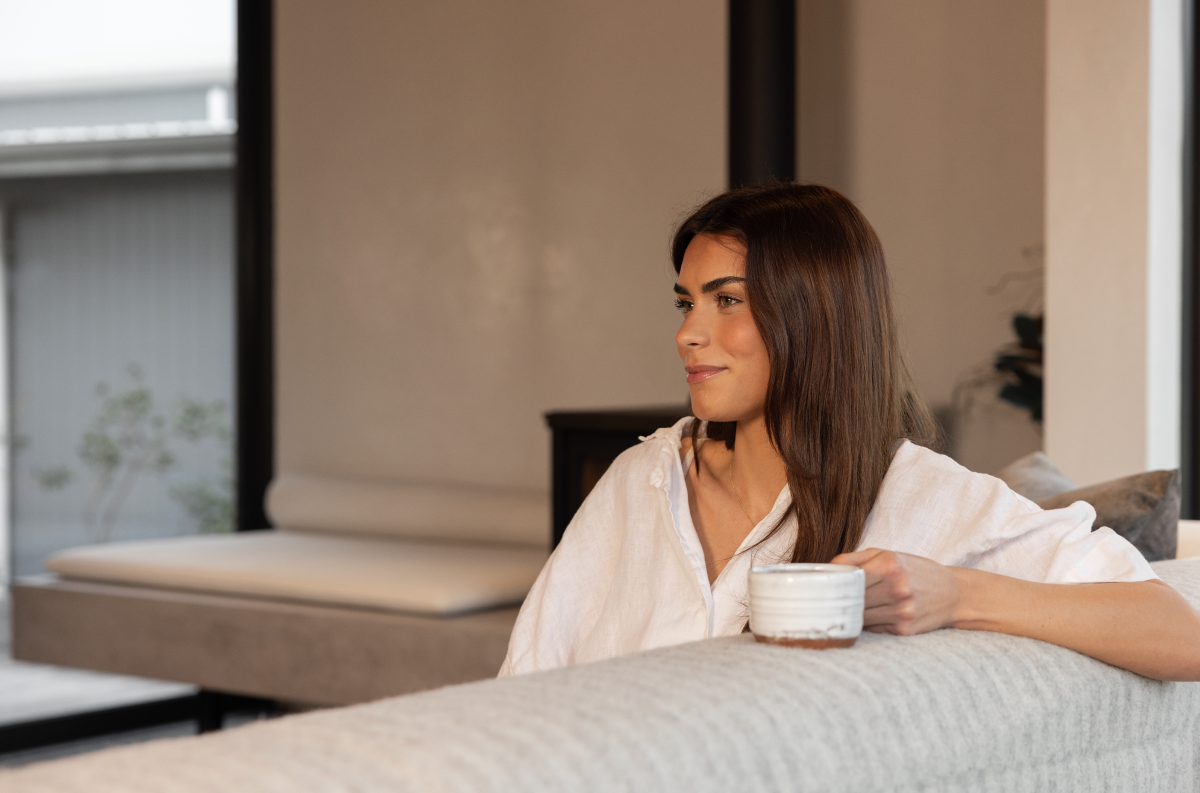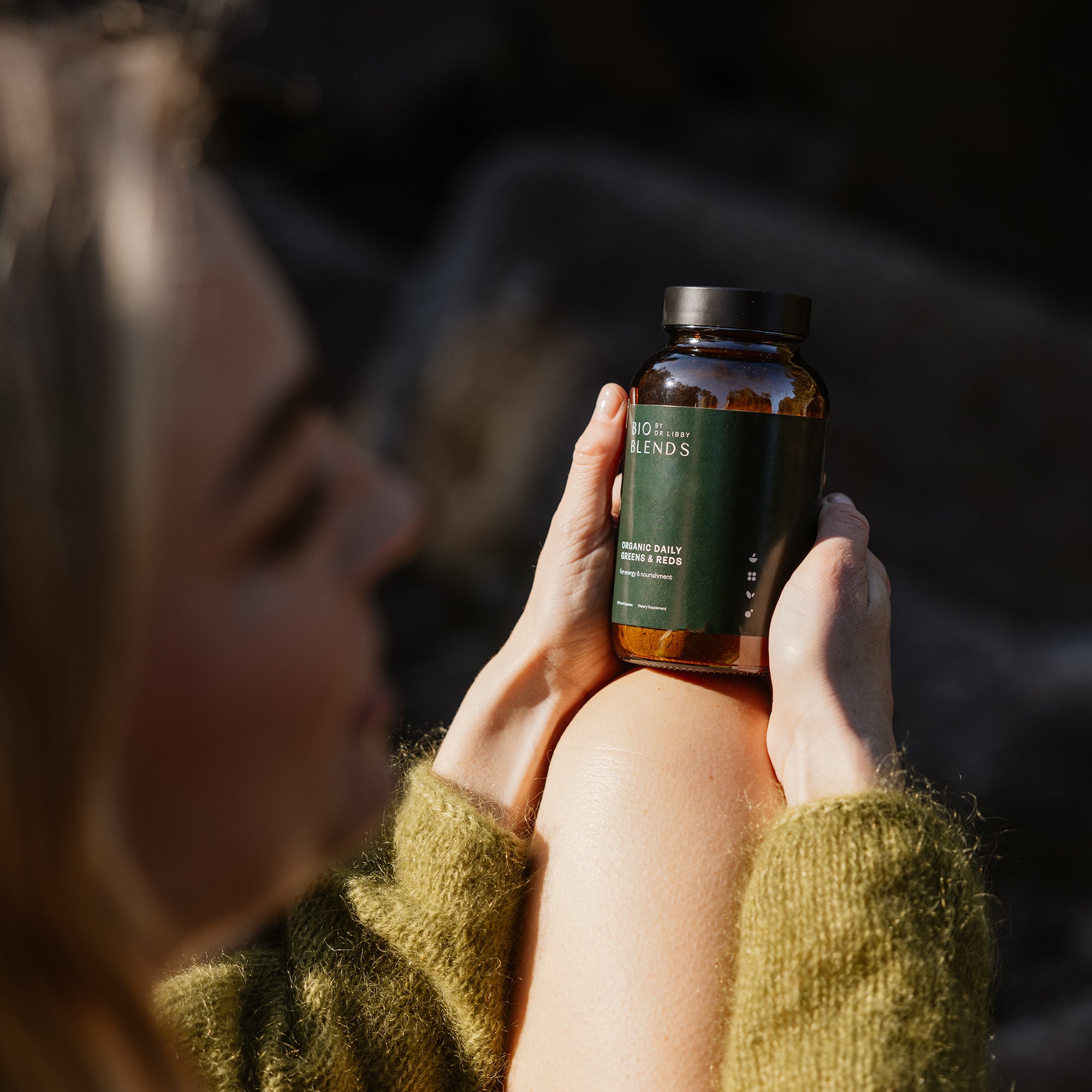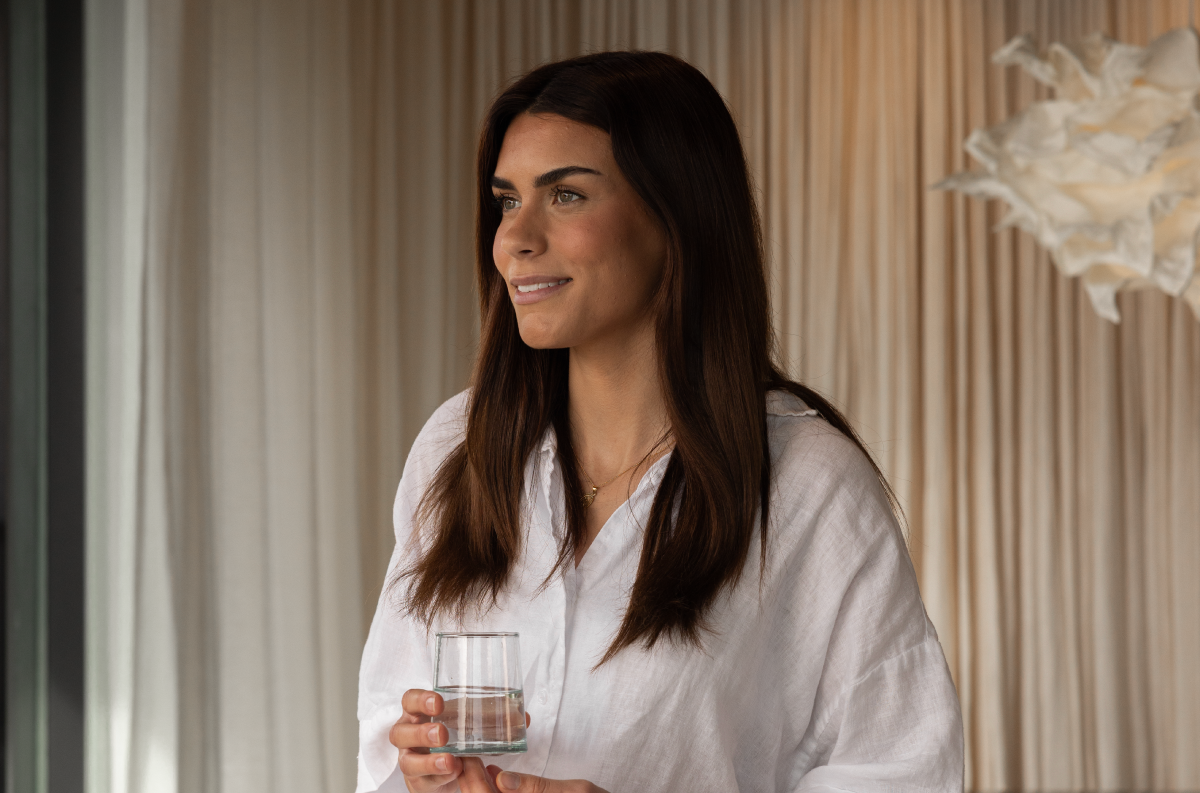
Is your guilt serving or harming you?
Guilt. It’s one of the most universal human emotions – and one of the most complex. Closely tied to shame, guilt can slowly erode our wellbeing when left unchecked. We might feel it after snapping at someone we love, eating something we believe we “shouldn’t”, forgetting a birthday, or simply recognising our privilege. Sometimes we feel it just for saying no or not prioritising others – we might feel like we’ve let someone down.
Not all guilt is bad. In its most constructive form, it can act as a powerful teacher – nudging us to course-correct, to live more in alignment with our values.
Yet research shows that in the Western world, women experience significantly higher levels of guilt. And that tells us something important: guilt isn’t always a signal of wrongdoing. More often, it’s a reflection of conditioning – a lifetime of prioritising others, internalising unrealistic expectations and measuring our worth by how much we do or give. This seems to be especially true for mothers, yet, as early as primary school, girls are often praised for being considerate and self-sacrificing.
The result? We feel guilty not only when we’ve done harm, but when we rest. When we decline. When we dare to put our own needs on the list. It’s time to get curious about guilt. Is it a sign we need to realign with what matters most? Or is it simply the echo of an old story – one that no longer fits the life we want to lead?
How regular guilt erodes our wellbeing
While the occasional pang of guilt is a natural part of being human, regularly carrying guilt – especially when it’s misplaced or unresolved – can take a real toll on our health. When we experience guilt, our body often interprets it as stress. This activates the sympathetic nervous system (our fight or flight response), prompting the release of stress hormones like adrenaline and cortisol.
In the short term, this can lead to a faster heart rate, shallower breathing and heightened alertness. But when guilt becomes a chronic undercurrent – when it’s something we carry daily, even subtly – it keeps the nervous system in a state of overdrive. Over time, this ongoing stress can disrupt hormone production and regulation, impair digestion, affect sleep quality and suppress immune function. It may also contribute to persistent tension in the body, headaches, fatigue and even cardiovascular strain.
On an emotional level, chronic guilt can erode self-worth and keep us stuck in cycles of overgiving, perfectionism or people-pleasing – all of which add to our internal load. We may find ourselves constantly striving to “make up for” something, even when no one is asking us to.
The many faces of guilt
The ability to feel guilt reveals something beautiful about us: we care. We’re capable of self-reflection – of recognising how our actions might affect others. At its best, guilt can guide us back into alignment with our values. It can remind us to show up in ways that matter, to repair when needed, and to strive for better. Yet without awareness, guilt can become distorted. It can trap us in cycles of self-blame, even when we’ve done nothing wrong. We might feel guilty for needing rest. For setting boundaries. For saying no. For choosing ourselves.
That’s because guilt isn’t always born from wrongdoing – it’s often shaped by our conditioning. By the beliefs we absorb in childhood, and the societal expectations placed on us from an early age. We may have internalised the idea that being a “good” person means never letting anyone down, always putting others first, or constantly striving for perfection. So when we deviate from those unspoken rules, guilt rushes in – not because we’ve done harm, but because we’ve stepped outside the framework we were taught to live within.
The impact of social media
Beyond our upbringing, there’s another powerful influence shaping our guilt today: the digital world. Our circle of exposure has exploded in the past two decades. With smartphones and social media, we carry in our pockets a 24/7 feed of other people’s lives, choices and opinions. We’re no longer just contending with our inner critic or the views of our immediate circle – we’re navigating a sea of comparison, curated perfection and invisible expectations.
Social media has also made us more aware of global inequality and suffering. This can be a gift – cultivating compassion and prompting action. However, without a clear way to help, that awareness can leave us feeling helpless or guilty. We see so much, care so deeply, and yet often feel powerless to make a meaningful difference. It’s no wonder we carry a quiet, persistent sense of never quite doing enough.
Turning guilt into guidance
Not all guilt is the same. Constructive guilt moves us to repair and realign or take new actions. Conditioned guilt keeps us stuck, repeating patterns that disconnect us from our truth. The key lies in learning to tell the difference.
So next time guilt arises, pause. Sit with it. Ask gently: Is this a call to act differently? Or is it simply the echo of an old belief I no longer need to carry? Letting go of misplaced guilt isn’t selfish. It’s a radical act of self-kindness – and a vital step toward becoming more of who you truly are.




